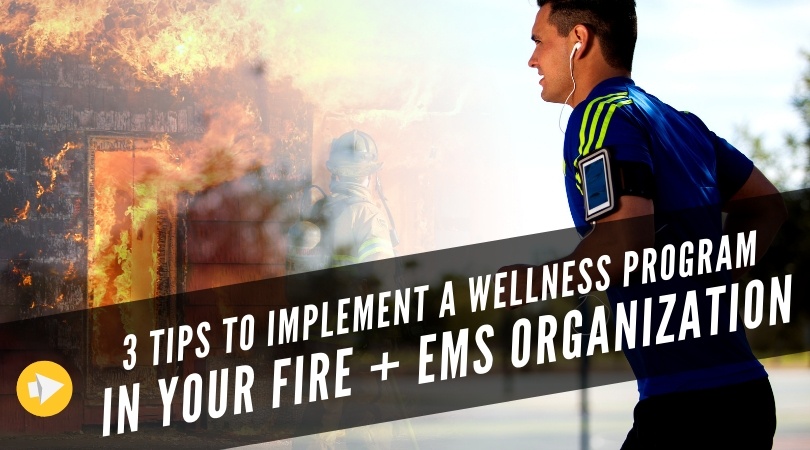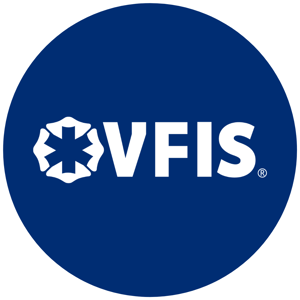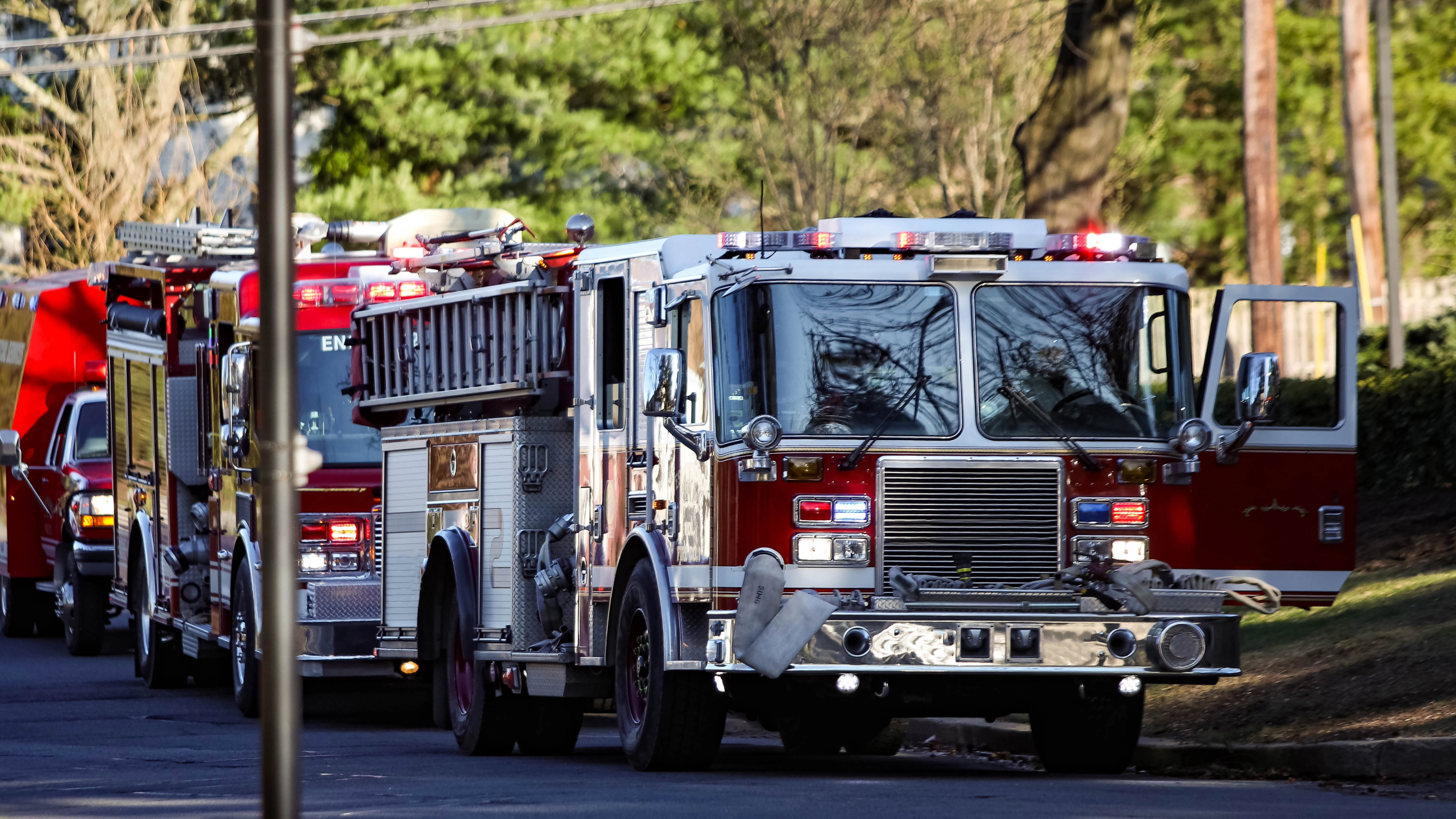Why fatigue is concerning, what's contributing to the problem and how to help combat it
You wouldn’t let your buddy drive home after they’ve had a few too many beers – but you might let them operate an ambulance after being awake for 24+ straight hours – and that can be just as deadly.
According to the National Sleep Foundation, drowsy driving can have similar effects on the body as drinking alcohol. In fact, being awake for 18 hours straight can make you drive like you have a blood alcohol level of .05, and after 24 hours, it’s equivalent to .10.
The dangers of fatigue go far beyond impacting just those who are behind the wheel – OSHA states that worker fatigue can also lead to an increased risk for injury, decreased alertness, impaired decision making and errors in patient care. Further, your personal health could be impacted as fatigue has been linked to heart disease, depression, sleep disorders, poor diet, obesity and other problems.
Despite the evidence that 24-hour shifts without sleep could be dangerous to patient and responder safety, shorter shifts are still facing resistance due to finances and convenience. Add in the fact that many ESOs are facing a heavy shift workload, insufficient staffing and personnel working multiple jobs – it’s not surprising that JEMS reports that more than half of EMS personnel experience severe mental and/or physical fatigue.
“Every EMS system should take steps to manage the risks associated with the fatigue of personnel,” explains Justin Eberly, VFIS Education Specialist. “Each system is faced with unique factors which impact the fatigue-level of its personnel, including shift length and call volume, so the methods used to address this issue may differ from one EMS system to another.”
While there is no simple (or one-size-fits-all) solution to the problem – simply muscling-up to the occasion is not the answer.
Here are a few considerations from our Managing Fatigue in EMS Operations technical bulletin to help your crew combat fatigue:
- Adopt a fatigue or sleepiness survey to monitor personnel
- Avoid rotating shifts which change from day to night
- Monitor each responder's average utilization rate (which EMS1 reports should be less than 40% per shift)
- Restrict shift length to less than 24 hours
- Provide an opportunity for naps on-duty and before commuting home
- Talk about healthy habits including the dangers of fatigue, sleep health and nutrition
Don’t let an incident be the conversation-starter for your team. Have a talk now, instead.
DISCLAIMER
The information contained in this blog post is intended for educational purposes only and is not intended to replace expert advice in connection with the topics presented. Glatfelter specifically disclaims any liability for any act or omission by any person or entity in connection with the preparation, use or implementation of plans, principles, concepts or information contained in this publication.
Glatfelter does not make any representation or warranty, expressed or implied, with respect to the results obtained by the use, adherence or implementation of the material contained in this publication. The implementation of the plans, principles, concepts or materials contained in this publication is not a guarantee that you will achieve a certain desired result. It is strongly recommended that you consult with a professional advisor, architect or other expert prior to the implementation of plans, principles, concepts or materials contained in this publication.
Related posts
We asked 10 members of our VFIS Team to name one auto-related risk that they believe is underdiscussed in fire and EMS agencies. Here’s what they said.
Most volunteer fire departments rely heavily on POVs, but there are inherent risks you should know.
Establish a Emergency Vehicle Operations Program that includes driver/operator requirements to help ensure your vehicles are in the right hands.










Submit a Comment